Lizard Superpowers: How These Creatures Adapt to Extreme Environments
Lizards are a diverse and fascinating group of reptiles that have captured our imagination for centuries. From their ability to regrow their tails to their incredible camouflage skills, lizards are full of surprises. Whether you’re an avid herpetologist or simply curious about these scaly creatures, there’s something captivating about these cold-blooded critters. So grab your binoculars and join us on a journey through the world of lizards, where we’ll explore their incredible adaptations, unique behaviors, and their important role in ecosystems around the globe.
Lizards are a fascinating group of reptiles that come in all shapes and sizes, from tiny geckos to giant monitor lizards. These scaly creatures have long, slender bodies, sharp claws, and a forked tongue that they use to sense their surroundings. Most lizards have four legs and a long tail, although some species have lost their limbs over time and now resemble snakes.
One of the most remarkable features of lizards is their skin. Unlike mammals, which have fur or hair, lizards have scales that protect their body and help them regulate their temperature. Some species of lizards can even change the color of their skin to blend in with their environment or to communicate with other lizards.
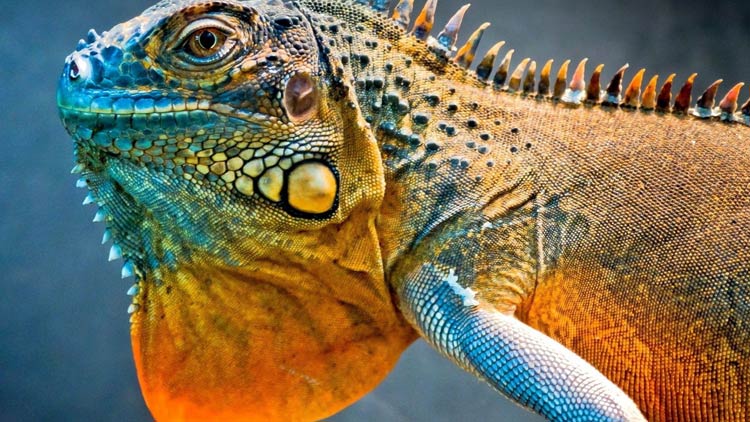
Around the world
Lizards are found all over the world, from deserts to rainforests, and they play an important role in their ecosystems as predators and prey. Some species are herbivores, feeding on plants and fruits, while others are carnivores, preying on insects, small mammals, and even other lizards.
Despite their sometimes-fearsome reputation, many species of lizards make popular pets due to their unique appearance and ease of care. From bearded dragons to leopard geckos, there is a lizard species for every level of hobbyist.
Overall, lizards are a diverse and intriguing group of reptiles that continue to fascinate scientists and enthusiasts alike.
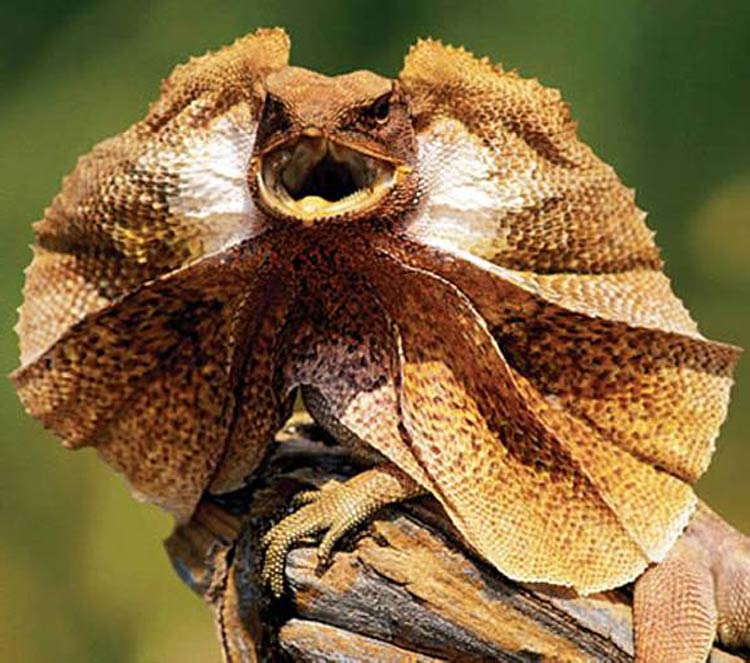
Taxonomy
Lizards are a diverse group of reptiles belonging to the class Reptilia, which also includes snakes, turtles, and crocodilians. Within the class Reptilia, lizards belong to the order Squamata, which also includes snakes and worm lizards.
There are over 7,500 species of lizards in the world, classified into several families based on their physical characteristics and genetic relationships. Some of the largest lizard families include Gekkonidae (geckos), Iguanidae (iguanas), and Scincidae (skinks).
Each family is further divided into genera, which are groups of closely related species. For example, the family Gekkonidae includes over 1,500 species of geckos, which are divided into more than 100 genera.
The scientific classification of a particular lizard species is typically based on its physical characteristics, behavior, and genetic makeup. By studying these factors, scientists can determine the species’ evolutionary relationships and better understand their ecological role in their environment.
Scientific classification
- Kingdom: Animalia
- Phylum: Chordata
- Class: Reptilia
- Superorder: Lepidosauria
- Order: Squamata
- Groups:
- Anguimorpha
- Dibamidae
- Gekkota
- Iguania
- Lacertoidea
- Scincomorpha
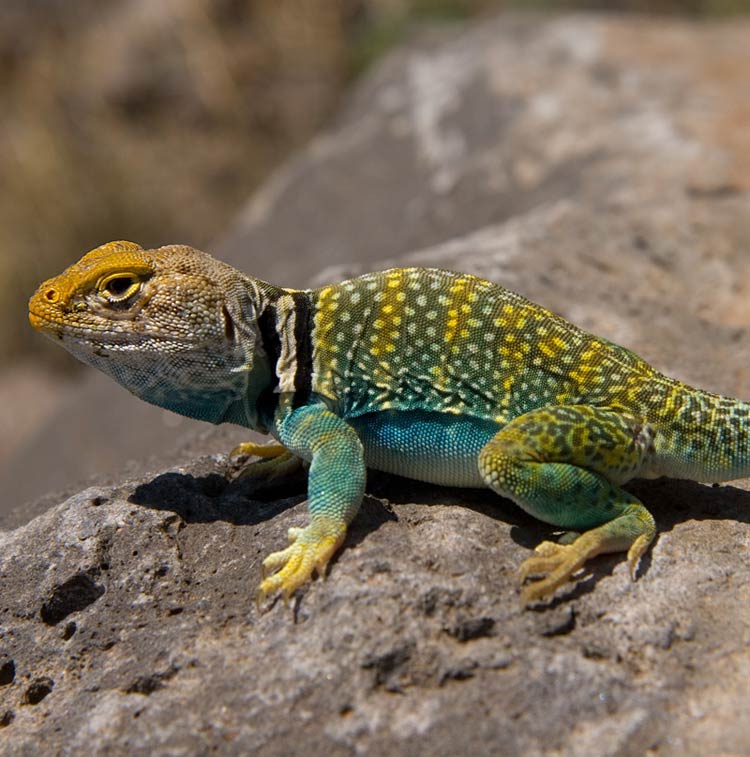
Evolution – Fossil History
Lizards have a long and complex fossil history that spans back to the Late Jurassic period, around 160 million years ago. The earliest known lizard-like reptile was the Megachirella, which lived in what is now modern-day Italy about 240 million years ago. However, Megachirella is not considered a true lizard, but rather an early ancestor of lizards and snakes.
The oldest true lizard fossils are from the Late Jurassic period and are similar in appearance to modern-day geckos. By the Early Cretaceous period, around 120 million years ago, lizards had diversified and spread throughout the world.
Fossil evidence shows that lizards underwent major radiation during the Eocene epoch, around 56-34 million years ago. This radiation led to the evolution of many of the major lizard groups we see today, including geckos, iguanas, skinks, and chameleons.
One of the most remarkable fossil discoveries related to lizards is the fossilized remains of a small lizard found preserved in amber from the Early Cretaceous period. The lizard, named Eocene Pristiguana, is estimated to be around 99 million years old and is one of the oldest known examples of an amber-preserved lizard.
Overall, the fossil history of lizards provides important insights into their evolution and diversification over time, and has helped us to better understand the origins and relationships of modern-day lizard species.
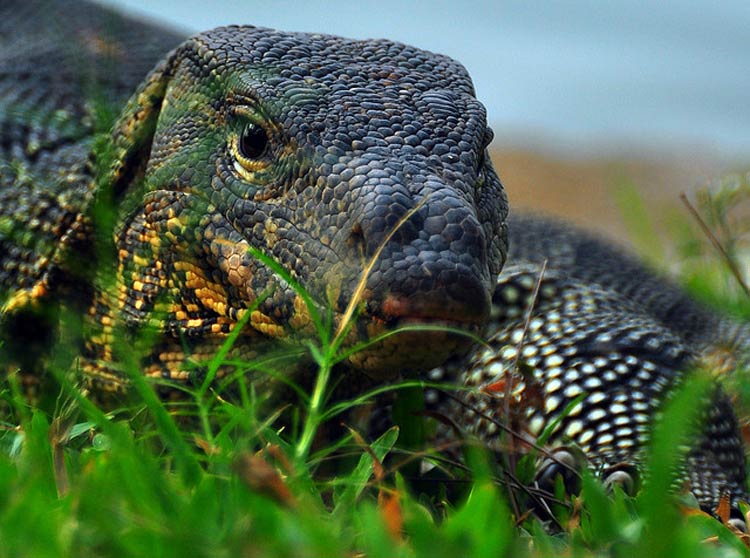
Basic Facts About Lizards
- Lizards are a diverse group of reptiles, with over 7,500 known species.
- They are found all over the world, in a wide variety of habitats, from deserts to rainforests.
- Most lizards are small to medium-sized, but some species, such as the Komodo dragon, can grow up to 3 meters (10 feet) in length.
- Lizards have scaly skin that helps protect their body and regulate their temperature.
- They are cold-blooded, meaning that their body temperature is regulated by the environment around them.
- Lizards are carnivorous, omnivorous or herbivorous, depending on the species.
- Many lizards are capable of regenerating their tails if they are lost or damaged.
- Some species of lizards can change the color of their skin, which helps them to camouflage and communicate with other lizards.
- Lizards use their sense of smell and vision to locate prey, and many have excellent hearing as well.
- Some species of lizards, such as the chameleon, are able to move their eyes independently of each other, which gives them a wide field of vision and helps them to detect predators.
Kizards are fascinating creatures that have adapted to a wide range of environments and evolved a variety of unique features to survive and thrive in their habitats.

Distribution and habitat
Lizards are found all over the world, with the exception of Antarctica, and have adapted to a wide variety of environments. They are most diverse in tropical regions, particularly in Africa, South America, and Australia.
Lizards can be found in almost every habitat, from deserts and grasslands to forests and wetlands. Some species are specialized to particular environments, such as the Gila monster, which is found in arid regions of the southwestern United States and northern Mexico, while others are more generalist and can be found in a variety of habitats.
Lizards have adapted to their environments in various ways. For example, some desert-dwelling lizards have specialized scales that help them collect water from dew or rainfall, while others have evolved the ability to burrow into sand or soil to avoid the intense heat of the day.
In tropical rainforests, lizards are abundant and diverse, with many species living in the trees and others on the forest floor. These species have adapted to climbing and jumping through the trees, as well as camouflage to avoid predators.
Overall, the distribution and habitats of lizards are incredibly diverse and reflect the many ways that these reptiles have adapted to their environment.

Characteristics
Appearance
Lizards come in a wide variety of shapes, sizes, and colors, and their appearance can vary greatly between species. However, many lizards share some general characteristics.
Most lizards have four legs and a long tail, although some species have lost their limbs or have a reduced number of legs. Their skin is covered in scales, which can be smooth or ridged, depending on the species.
Many lizards have a flattened body shape, which helps them to move quickly and efficiently across the ground or up trees. Some species have a frilled neck or other specialized features, which are used for defense or communication.
Lizards also have a wide range of colors and patterns on their skin, which can be used for camouflage or to attract mates. Some species can even change their skin color to match their surroundings, such as chameleons.
Overall, the appearance of lizards is incredibly diverse, with each species having its unique set of adaptations to help it survive and thrive in its environment.

Size
Lizards come in a wide range of sizes, with some species being just a few centimeters long and others growing up to several meters in length. Here are some examples of different sizes of lizards:
- Dwarf gecko
Some species of geckos are very small and can grow to just a few centimeters in length. - Skinks
Skinks are small to medium-sized lizards, with some species growing up to about 50 cm (20 inches) in length. - Anoles
Anoles are small lizards found in the Americas and are typically less than 20 cm (8 inches) long. - Bearded dragons
Bearded dragons are a popular pet lizard species that can grow up to about 60 cm (2 feet) in length. - Monitor lizards
Monitor lizards, such as the Komodo dragon, are some of the largest lizards in the world and can grow up to 3 meters (10 feet) in length.
The size of lizards varies greatly depending on the species, with some being small enough to fit on a fingertip and others large enough to take down prey several times their size.
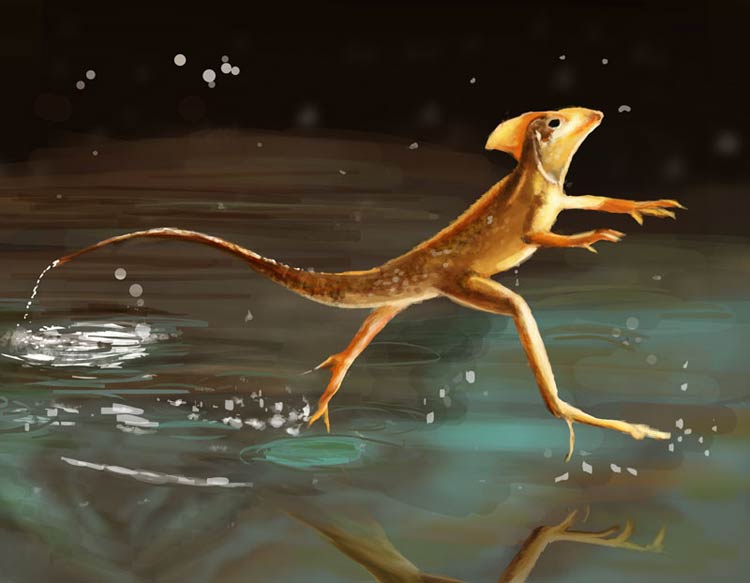
Locomotion
Lizards have a diverse range of locomotion depending on the species and habitat. Most lizards move by walking or running on their legs, with their limbs positioned to the side of their body. Some lizards are able to run at high speeds, such as the collared lizard, which can reach speeds of up to 26 kilometers per hour (16 miles per hour). Other lizards, such as the gecko, use a specialized form of locomotion called “toe-walking” or “scuttling” which involves the use of adhesive pads on their feet to climb vertical surfaces or move horizontally along ceilings.
Some species of lizards, such as the chameleon and iguana, are also able to climb trees and other objects using their long, prehensile tails to grasp onto branches. Other lizards, such as the skink, can move quickly underground or through tight spaces due to their elongated and streamlined body shape. Additionally, some lizards, such as legless lizards and snakes, move by undulating their bodies from side to side in a serpentine motion.
Overall, the diverse range of locomotion seen in lizards reflects the adaptations of different species to their respective habitats and lifestyles.
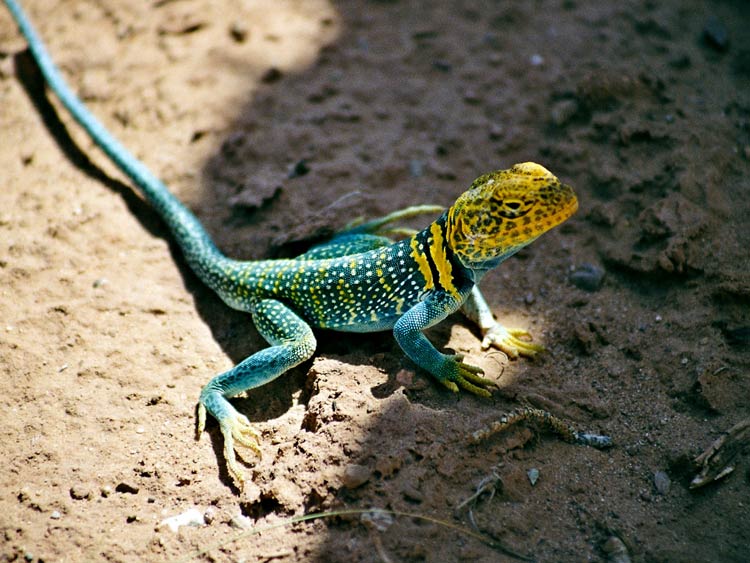
Senses
Lizards have a variety of senses that they use to interact with their environment.
- Vision
Most lizards have excellent vision and are able to see in both daylight and low-light conditions. They have highly developed eyes that are capable of detecting motion, color, and shapes, which are important for finding prey, avoiding predators, and finding mates. Some species, such as chameleons, have particularly keen eyesight and are able to see in a wider range of colors than humans. - Hearing
Lizards have well-developed ears that allow them to detect sounds, although their hearing abilities can vary between species. Some species, such as the gecko, are able to detect high-frequency sounds that are inaudible to humans. - Smell
Lizards also have a keen sense of smell, which they use to locate prey, detect predators, and identify potential mates. They have specialized olfactory organs called Jacobson’s organ, which allows them to detect scent molecules in the air or on surfaces. - Taste
Lizards have taste buds on their tongues that allow them to taste their food and detect chemical cues in their environment. - Touch
Lizards have sensitive skin that allows them to feel vibrations and changes in temperature. They also have specialized receptors on their skin that allow them to sense pressure, which is important for detecting potential threats and prey.
Lizards rely on their senses to navigate and survive in their environment, and their sensory abilities have evolved to suit the specific needs of each species.
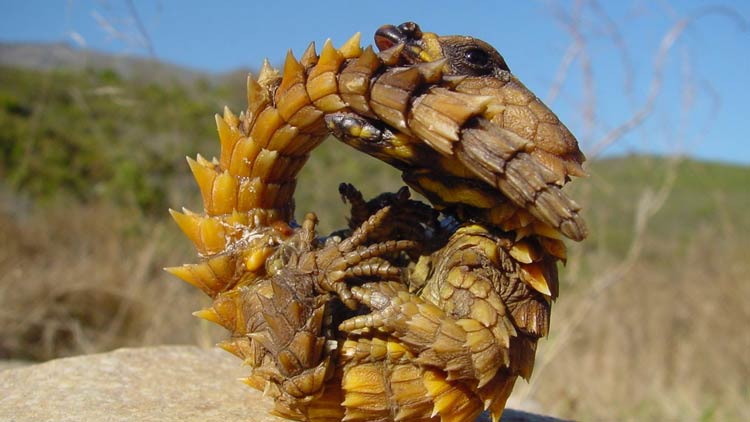
Venom
Not all lizards are venomous, but some species have evolved venom as a defense mechanism or to subdue their prey. Venomous lizards include the Gila monster and the beaded lizard, which are found in the southwestern United States and Mexico.
These lizards have specialized venom glands in their lower jaw and deliver their venom through grooved teeth. The venom is used to immobilize their prey or to defend themselves from potential predators. The venom contains a mixture of toxins, which can cause a range of symptoms in humans, including pain, swelling, and nausea.
It is important to note that venomous lizards are not typically aggressive toward humans and will only use their venom as a last resort if they feel threatened or provoked. If you encounter a venomous lizard in the wild, it is best to observe it from a safe distance and avoid disturbing it. If you are bitten by a venomous lizard, seek medical attention immediately.

Behavior, Lifestyle and ecology
Lizards exhibit a diverse range of behaviors, lifestyles, and ecological roles depending on the species and their environment. Here are some general characteristics of lizard behavior, lifestyles, and ecology:
- Diet
Lizards are generally carnivorous, feeding on insects, small mammals, birds, and other reptiles. However, some species are herbivorous and feed on plants or fruit. - Thermoregulation
Lizards are ectothermic, meaning they rely on external sources of heat to regulate their body temperature. They bask in the sun to warm up and seek shade or burrows to cool down. - Communication
Lizards use a variety of methods to communicate with each other, including visual displays, vocalizations, and chemical signals. - Social behavior
Some lizard species are solitary, while others live in groups or form complex social structures. - Reproduction
Lizards reproduce sexually and lay eggs, although some species give birth to live young. Many lizard species engage in courtship rituals, such as elaborate displays or fights between males. - Predators and prey
Lizards are preyed upon by a variety of predators, including birds, mammals, and snakes. However, some larger species, such as monitor lizards, are apex predators and can prey on other animals. - Ecological role
Lizards play an important role in their ecosystems as both predators and prey, and they also help to disperse seeds and pollinate plants.
The behavior, lifestyle, and ecology of lizards are incredibly diverse, reflecting the many different ways that these reptiles have adapted to their environments.
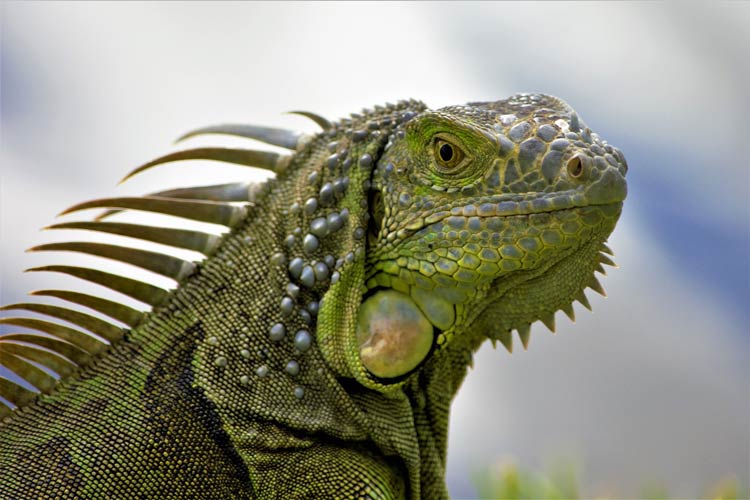
Lizard communication
Lizards use a variety of methods to communicate with each other, depending on the species and the context of the communication.
Visual cues: Many lizards use visual displays to communicate with each other, such as changing color, puffing out their throat or dewlap, and performing elaborate courtship displays. For example, male anole lizards often bob their heads and extend their dewlap to attract mates and establish dominance over other males.
Vocalizations: Some lizards are also capable of vocalizations, such as hissing, chirping, or barking, which they use to communicate with each other. For example, male geckos often make chirping sounds to attract females during courtship.
Chemical signals: Lizards also use chemical signals to communicate, such as pheromones and scent marks, which they use to identify potential mates, mark their territory, and recognize familiar individuals. For example, male iguanas mark their territory with a glandular secretion that contains pheromones, which can attract females and deter other males.
Tactile cues: Some lizards also use tactile cues, such as physical contact and vibrations, to communicate with each other. For example, male anole lizards sometimes engage in push-up contests, where they push each other with their forelimbs, to establish dominance and communicate their strength to other males.
Overall, lizard communication is complex and varied, and different species have evolved different communication strategies to suit their specific needs and habitats.
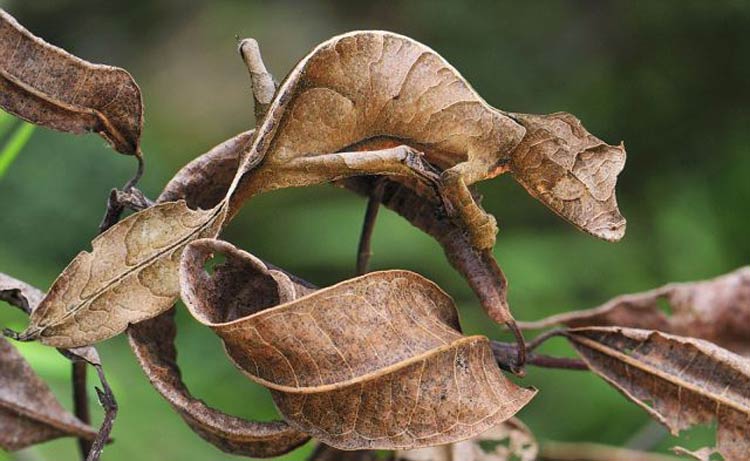
Anti-predator adaptations
Lizards have evolved a variety of anti-predator adaptations to help them avoid or escape from predators. Some common anti-predator adaptations in lizards include:
- Camouflage
Many species of lizards are able to blend in with their surroundings through their coloration, allowing them to avoid detection by predators. - Tail autotomy (self-amputation)
Some species of lizards are able to detach their tails when threatened by a predator, allowing them to escape while the predator is distracted by the wriggling tail. - Running and jumping
Lizards are often fast runners and can use their agility to escape predators. Some species, such as geckos and anoles, are also able to climb walls and trees to escape predators. - Defensive displays
Some lizards use defensive displays to deter predators, such as puffing out their throat or dewlap, changing color, or inflating their bodies. - Chemical defenses
Some species of lizards have evolved chemical defenses, such as toxic skin secretions or venom, which they use to deter predators. - Mimicry
Some species of lizards are able to mimic the appearance or behavior of other animals, such as snakes or spiny-tailed iguanas, in order to deter predators.
Lizards have evolved a variety of anti-predator adaptations to help them survive in their environments and avoid being eaten by predators. These adaptations have allowed lizards to thrive in a wide range of habitats, from deserts to rainforests.
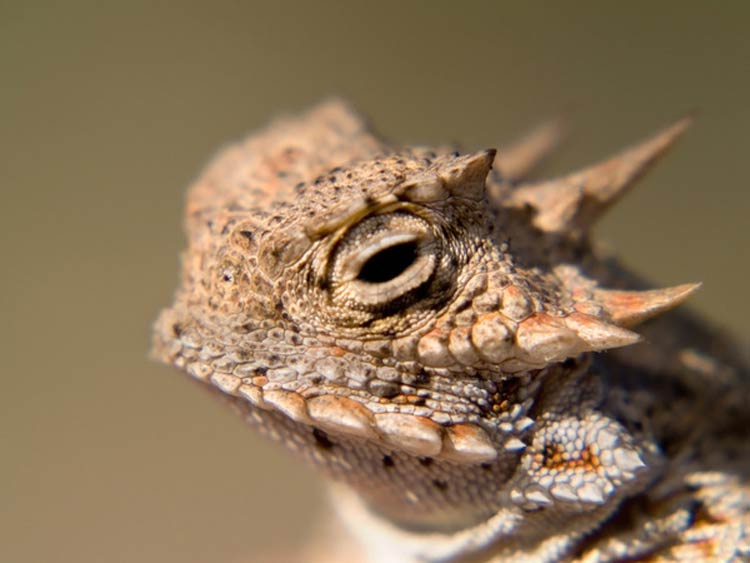
Diet
The diet of lizards can vary greatly depending on the species and their environment. However, most lizards are carnivorous, meaning they primarily eat other animals. Some common prey items for lizards include insects, spiders, snails, and other small invertebrates. Larger lizards, such as monitors and iguanas, may also eat small mammals, birds, and other reptiles.
Some lizards are specialized feeders and have adapted to eat specific types of prey. For example, chameleons have long, sticky tongues that they use to capture insects, while horned lizards have a diet that consists mainly of ants.
However, not all lizards are carnivorous. Some species, such as iguanas and some skinks, are herbivorous and feed on leaves, fruits, and flowers. These lizards have specialized teeth and digestive systems that are adapted to processing plant matter.
The diet of lizards is incredibly diverse, reflecting the wide range of adaptations and niches that these reptiles have evolved to occupy.

Reproduction and parenting
Lizards reproduce sexually and lay eggs, although some species give birth to live young. The reproductive strategy of lizards can vary greatly depending on the species and their environment. Here are some general characteristics of lizard reproduction and parenting:
- Courtship rituals
Many lizard species engage in elaborate courtship rituals to attract mates. These rituals can involve visual displays, vocalizations, or physical combat between males. - Reproductive cycles
The reproductive cycles of lizards can vary greatly depending on the species and their environment. Some species breed year-round, while others only breed during specific times of the year. - Nesting
Most lizard species lay their eggs in nests that they dig in the ground or in vegetation. The female lizard will typically guard the nest and may continue to incubate the eggs until they hatch. - Incubation
The incubation period for lizard eggs can vary greatly depending on the species and their environment. Some species, such as geckos, have eggs that hatch in just a few weeks, while others, such as some monitor lizards, have eggs that take several months to hatch. - Parental care
Most lizard species do not provide any parental care for their offspring beyond guarding the nest. However, some species, such as the gidgee skink, exhibit maternal care by remaining with their eggs and then guarding and caring for their hatchlings for several weeks after they emerge.
The reproductive and parenting strategies of lizards are incredibly diverse, reflecting the wide range of adaptations and niches that these reptiles have evolved to occupy.
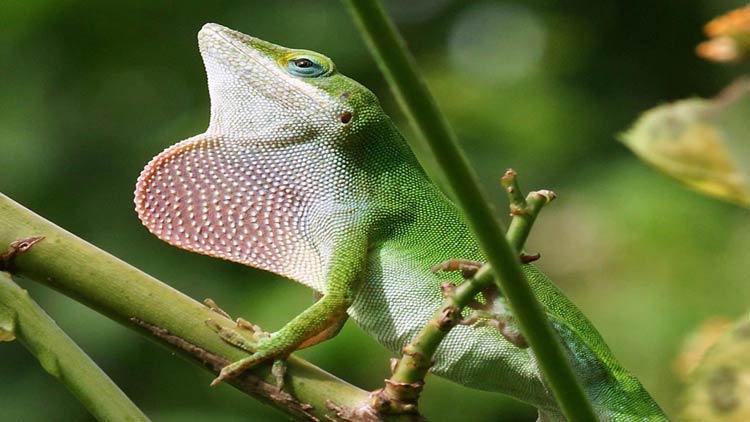
Predators and Threats
Lizards face a wide range of predators and threats in their natural habitats. Here are some of the most common:
- Predators
Lizards are preyed upon by a variety of predators, including birds of prey, snakes, and mammals such as foxes and feral cats. Some larger lizard species, such as monitor lizards, may be apex predators themselves. - Habitat loss and fragmentation
The destruction of natural habitats due to human activities, such as logging and urbanization, is a major threat to many lizard species. Fragmentation of habitats can also isolate populations, making them more vulnerable to other threats. - Climate change
Climate change is affecting many lizard species by altering their natural habitats and reducing the availability of food and water. Some species are also vulnerable to extreme weather events, such as droughts and floods. - Invasive species
The introduction of non-native species, such as rats and feral cats, can have a devastating impact on lizard populations by preying on them or outcompeting them for resources. - Overexploitation
Some lizard species are threatened by overexploitation, either for their meat, skins or for use in traditional medicine.
Lizards face a range of threats in their natural habitats, and many species are considered to be at risk of extinction. Conservation efforts are important to protect and conserve these fascinating and important reptiles.
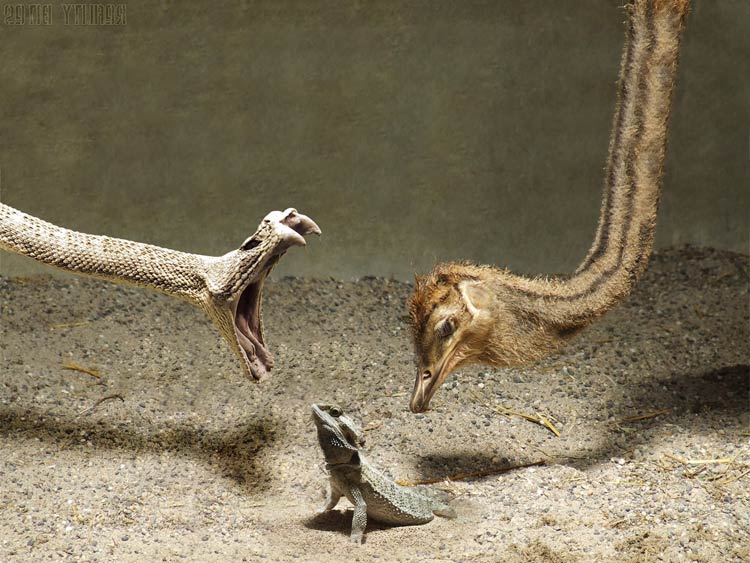
Interactions with humans
Lizards can have a variety of interactions with humans, some positive and some negative. Here are some examples:
- Ecological importance
Lizards play an important ecological role in many ecosystems, helping to control insect and small vertebrate populations. This can be beneficial to humans by reducing the spread of diseases and limiting damage to crops. - Cultural significance
Lizards have played important roles in the cultures and mythology of many human societies throughout history. For example, in some cultures, lizards are considered to be symbols of good luck or protection. - As pets
Many species of lizards are kept as pets, with some popular species including bearded dragons, geckos, and iguanas. However, it’s important to remember that caring for a pet lizard requires specialized knowledge and equipment. - Conflict with humans
In some cases, lizards can come into conflict with humans. For example, some species may be considered pests if they enter homes or gardens in search of food or shelter. Additionally, some people may fear or dislike lizards and attempt to kill them. - Conservation efforts
Many species of lizards are threatened by human activities, such as habitat destruction and overexploitation. Conservation efforts are important to protect these species and their habitats for future generations.
The interactions between humans and lizards can be complex, but it’s important to recognize the ecological and cultural significance of these fascinating reptiles and to work towards conservation efforts to protect them.
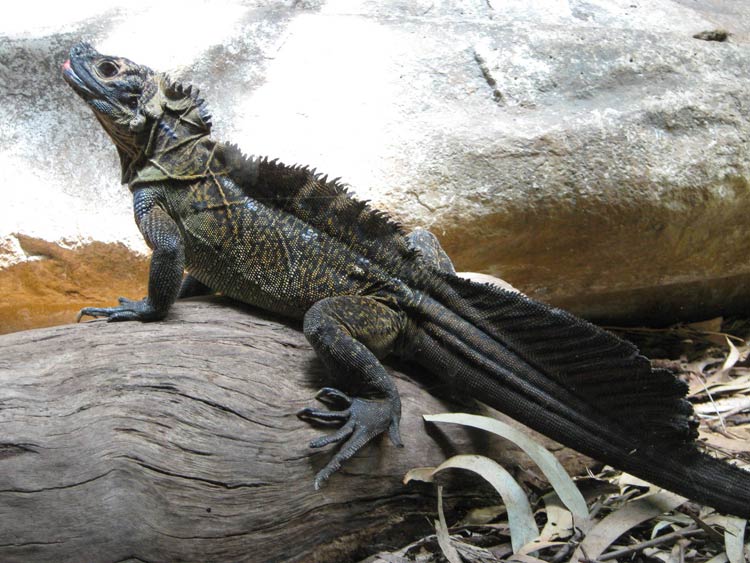
Population
The population of lizards varies widely depending on the species and the habitat in which they live. Some species are very abundant and have healthy populations, while others are threatened or endangered due to habitat loss, overexploitation, and other human activities.
It’s difficult to estimate the global population of all lizard species, as they are found in many different habitats around the world, and their numbers can fluctuate greatly depending on factors such as climate and predation. However, some individual species are well-studied and have estimated population sizes.
For example, the common wall lizard (Podarcis muralis), which is found throughout much of Europe, is considered to have a large and stable population. On the other hand, the St. Lucia whiptail (Cnemidophorus vanzoi), a rare lizard species found only on the Caribbean island of St. Lucia, is considered to be critically endangered due to habitat loss and predation by introduced species.
Overall, the conservation status of individual lizard species can vary widely, and it’s important to take measures to protect threatened and endangered species and their habitats in order to maintain healthy populations for the future.
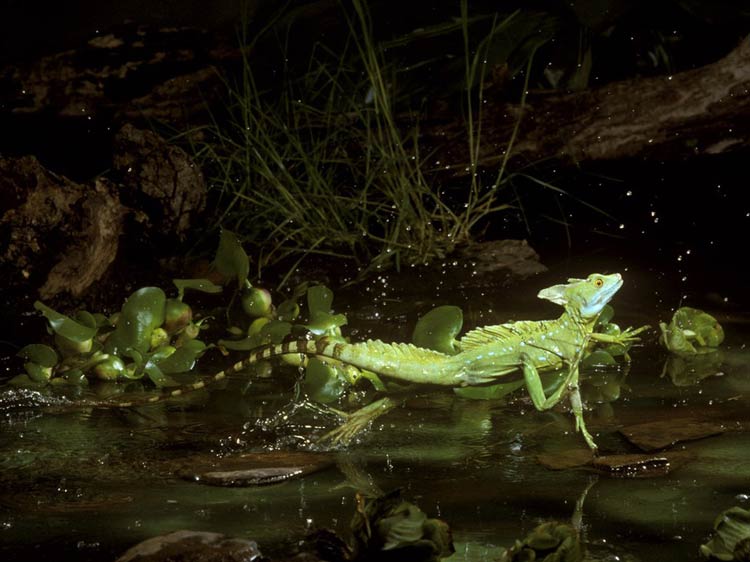
Status and conservation
Many species of lizards are threatened or endangered due to a range of factors, including habitat loss, climate change, overexploitation, and invasive species. The International Union for Conservation of Nature (IUCN) Red List of Threatened Species provides an assessment of the conservation status of individual species, with categories ranging from “least concern” to “critically endangered”.
As of 2022, the IUCN Red List lists 452 lizard species as “critically endangered”, which means they are facing an extremely high risk of extinction in the wild. Another 649 species are listed as “endangered”, meaning they are facing a very high risk of extinction in the wild.
Conservation efforts are important to protect and conserve threatened and endangered lizard species. These efforts may include habitat conservation, captive breeding and reintroduction programs, monitoring of populations, and education and outreach to promote awareness of the importance of these reptiles.
In addition to efforts to protect individual species, the conservation of lizard populations can also have broader ecological benefits, as lizards play important roles in many ecosystems. Protecting and conserving lizard populations can help to maintain ecological balance and promote the health of these ecosystems.
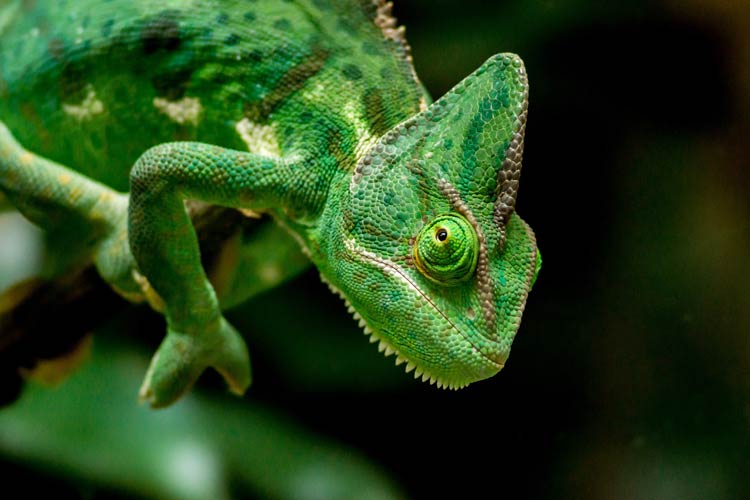
Lizards in numbers
There are over 7,500 species of lizards that have been identified so far, making them one of the largest groups of reptiles. They are found on every continent except for Antarctica and are highly diverse in terms of size, shape, behavior, and habitat.
Some of the most common lizard species include geckos, skinks, iguanas, chameleons, and monitor lizards. While some species are abundant and have healthy populations, others are threatened or endangered due to habitat loss, overexploitation, and other human activities.
The conservation status of individual lizard species can vary widely. According to the International Union for Conservation of Nature (IUCN) Red List of Threatened Species, there are 452 lizard species listed as “critically endangered” and 649 species listed as “endangered”, which means they are facing a high risk of extinction in the wild.
Lizards are an important component of many ecosystems, and protecting their populations is essential for maintaining biodiversity and ecosystem health.

Lizards in culture
Lizards have been featured prominently in many cultures throughout history, often with symbolic or spiritual significance. For example:
- In ancient Egyptian mythology
Lizards were associated with the goddess Isis and were considered to be a symbol of fertility and rebirth. - In some Native American cultures
Lizards are seen as a symbol of transformation and the ability to adapt to changing circumstances. - In Hinduism
The lizard is considered to be a powerful totem animal that represents the power of regeneration and the ability to shed old patterns and embrace new ones. - In some African cultures
Lizards are believed to have the power to bring good luck and protect against evil spirits. - In many cultures
The chameleon is associated with the ability to change color and adapt to different situations, making it a symbol of flexibility and adaptability.
In addition to their symbolic significance, lizards have also been used in traditional medicine and cuisine in many cultures. For example, in parts of Asia, the tokay gecko is believed to have medicinal properties and is used in traditional Chinese medicine. In some African and Latin American countries, iguanas are a popular source of food and are considered a delicacy.
Overall, lizards have played an important role in human culture and continue to be celebrated and appreciated for their unique characteristics and significance.

Lizards in movies
Lizards have been featured in many movies over the years, often playing the role of exotic or dangerous animals. Some notable examples include:
- Jurassic Park
The film features a number of dinosaur species, many of which are portrayed as having lizard-like characteristics. - Godzilla
The iconic giant monster is often described as a giant mutated lizard, and has been the subject of many movies and TV shows. - Rango
The animated film features a chameleon named Rango who becomes sheriff of a Western town inhabited by desert animals. - The Amazing Spider-Man
One of Spider-Man’s most iconic villains is The Lizard, a scientist who transforms into a humanoid lizard creature. - Tangled
The animated film features a chameleon named Pascal who is the constant companion of the main character, Rapunzel.
Lizards have also been featured in documentaries and nature films, where they are often portrayed in a more realistic and educational manner. Whether they are depicted as monstrous beasts or adorable companions, lizards continue to captivate audiences in popular culture.
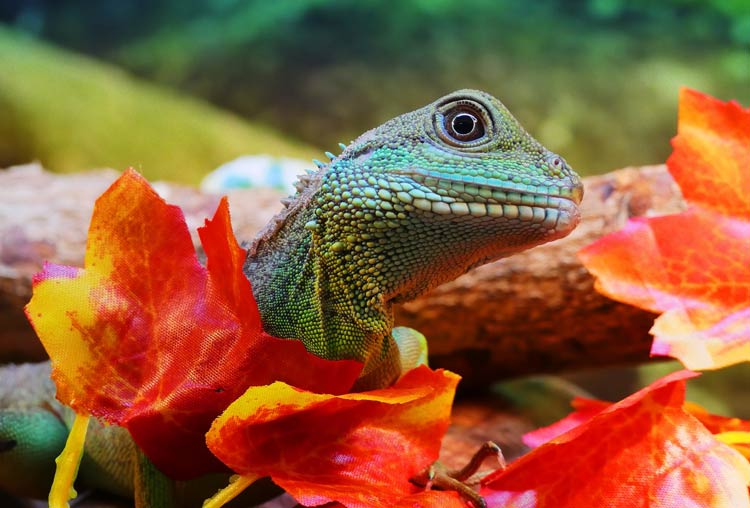
Interesting facts about Lizards
- The smallest lizard in the world is the dwarf gecko, which is just 1.6 centimeters (0.6 inches) long. The largest is the Komodo dragon, which can grow up to 3 meters (10 feet) in length.
- Some lizards, such as chameleons and anoles, can change color to blend in with their surroundings or to communicate with other lizards.
- Some species of lizards, such as the spiny-tailed iguana, can detach their tails when threatened by predators. The tail will continue to wiggle, distracting the predator while the lizard makes its escape.
- Some species of lizards, such as the bearded dragon, can run on their hind legs for short distances, giving them a unique and comical gait.
- Many species of lizards, such as geckos and anoles, have the ability to climb walls and other vertical surfaces due to specialized adhesive pads on their feet.
- Lizards are ectothermic, which means they rely on external sources of heat to regulate their body temperature. This makes them vulnerable to changes in temperature and climate.
- Some species of lizards, such as the Gila monster and the Mexican beaded lizard, are venomous and can cause serious harm to humans if bitten.
- Lizards have a third eye, called a parietal eye, on the top of their head. This eye is sensitive to changes in light and helps the lizard to detect predators.
- Lizards have a unique ability to regenerate lost body parts, including tails, limbs, and even parts of their brain.
- Some species of lizards, such as the green anole, can communicate through a series of elaborate head bobs and displays, which can signal aggression, submission, or attraction to potential mates.
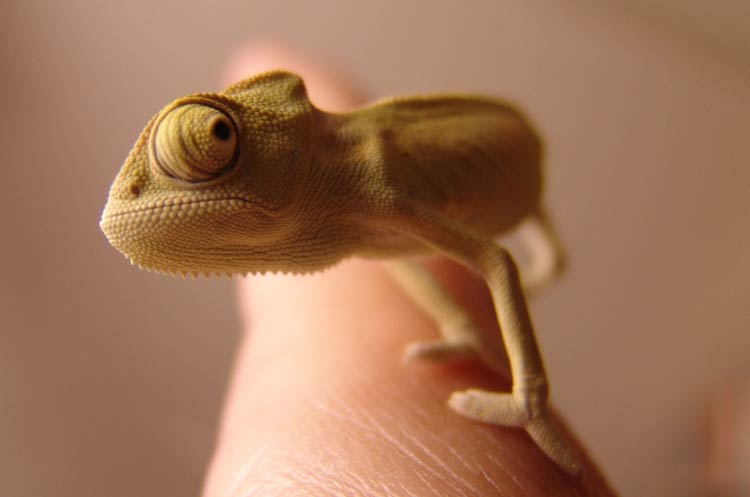
Q&A (questions and answers) about Lizards
Q: What is a lizard?
A: A lizard is a type of reptile that belongs to the order Squamata, which also includes snakes and amphisbaenians.
Q: How many species of lizards are there?
A: As of 2022, there are approximately 7,560 known species of lizards.
Q: What do lizards eat?
A: Lizards are carnivores and typically eat insects, small mammals, birds, and other reptiles.
Q: How do lizards defend themselves from predators?
A: Lizards have various defense mechanisms, including camouflage, tail detachment, venomous bites, and running away.
Q: Can lizards swim?
A: Yes, many species of lizards are good swimmers and are able to move through water with ease.
Q: Do all lizards lay eggs?
A: No, not all lizards lay eggs. Some species, such as the skink, give birth to live young.
Q: Are all lizards poisonous?
A: No, not all lizards are poisonous. Only a few species, such as the Gila monster and the Mexican beaded lizard, are venomous.
Q: Can lizards regenerate their tails?
A: Yes, many species of lizards are able to regenerate their tails if they lose them.
Q: Do lizards have a third eye?
A: Yes, lizards have a third eye called a parietal eye, which is located on the top of their head and is sensitive to changes in light.
Q: Can lizards change their color?
A: Yes, many species of lizards, such as chameleons and anoles, are able to change their color to blend in with their surroundings or to communicate with other lizards.
Q: How long do lizards typically live?
A: The lifespan of a lizard varies depending on the species. Some species can live for more than 20 years, while others may only live for a few years.
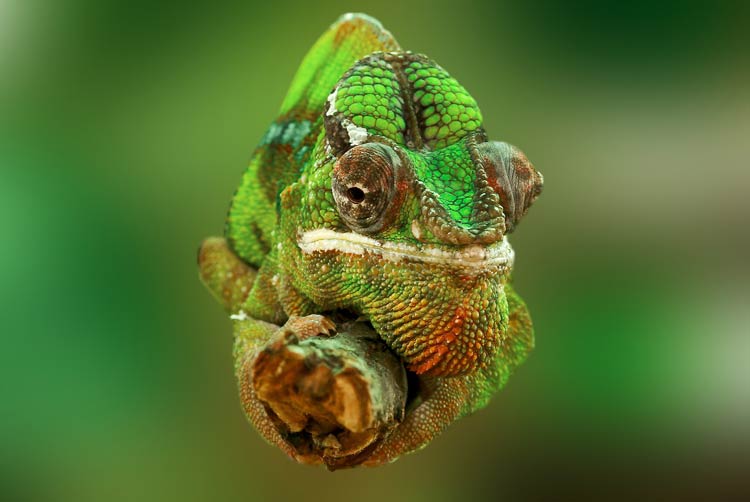
Q: Do all lizards have legs?
A: No, not all lizards have legs. Some species, such as the glass lizard, have no legs and resemble snakes.
Q: Are lizards social animals?
A: It depends on the species of lizard. Some species, such as the green iguana, are social animals that live in groups, while others are solitary and prefer to live alone.
Q: Do all lizards hibernate?
A: No, not all lizards hibernate. Only some species of lizards, such as the gila monster and the desert iguana, go into a state of hibernation during the winter months.
Q: Can lizards make noise?
A: Yes, some species of lizards, such as the gecko and the anole, are able to vocalize and make various sounds to communicate with other lizards.
Q: Are all lizards able to climb walls?
A: No, not all lizards are able to climb walls. Some species, such as the chameleon, are able to climb on trees and other objects, but cannot climb smooth surfaces.
Q: Can lizards be kept as pets?
A: Yes, many species of lizards are kept as pets, but it is important to research the specific needs of the species and provide them with appropriate care.
Q: Are all lizards cold-blooded?
A: Yes, all species of lizards are cold-blooded, which means that their body temperature is regulated by the environment.

Q: Do lizards have ears?
A: Yes, lizards have ears, but they do not have external ear flaps like humans do. The ear opening is usually located behind the eyes.
Q: Can lizards blink?
A: Yes, most species of lizards are able to blink, but some species, such as the gecko, have a transparent membrane that covers their eyes instead of eyelids.
Q: How do lizards move?
A: Lizards have a variety of ways of moving, depending on the species. Most lizards move by walking or running on their legs, while others, such as snakes and legless lizards, move by undulating their bodies from side to side. Some lizards, such as the chameleon, can use their long, prehensile tails to grasp onto branches and climb trees.
Q: How fast can lizards move?
A: The speed at which lizards can move varies depending on the species. Some species, such as the collared lizard, can run at speeds of up to 16 miles per hour (26 kilometers per hour), while others, such as the bearded dragon, are slower-moving and more deliberate in their movements.
Q: Can lizards swim?
A: Yes, many species of lizards are able to swim. Some species, such as the green iguana, are excellent swimmers.
Q: What senses do lizards have?
A: Lizards have a variety of senses that they use to interact with their environment.
Q: How well do lizards see?
A: Most lizards have excellent vision and are able to see in both daylight and low-light conditions. Some lizards, such as chameleons, have particularly keen eyes
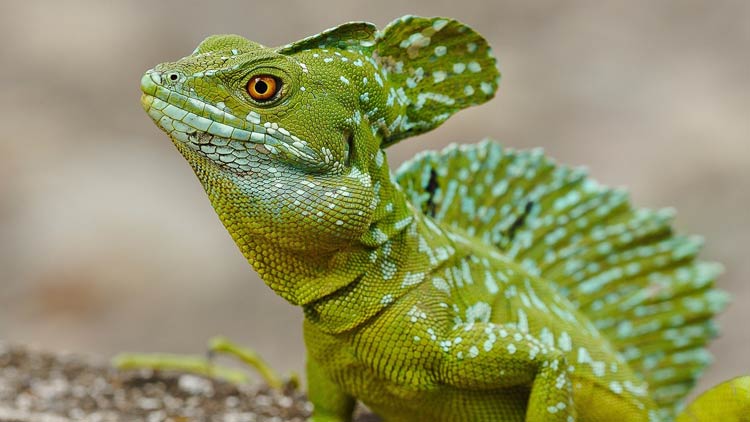
Recommended
- African lion
- Asian lion
- African elephant
- African forest elephant
- Asian elephant
- Moose
- Owls
- Parrots
- Giraffe
- Gorillas
- Zebroid
- Zebra
- Giant anteater

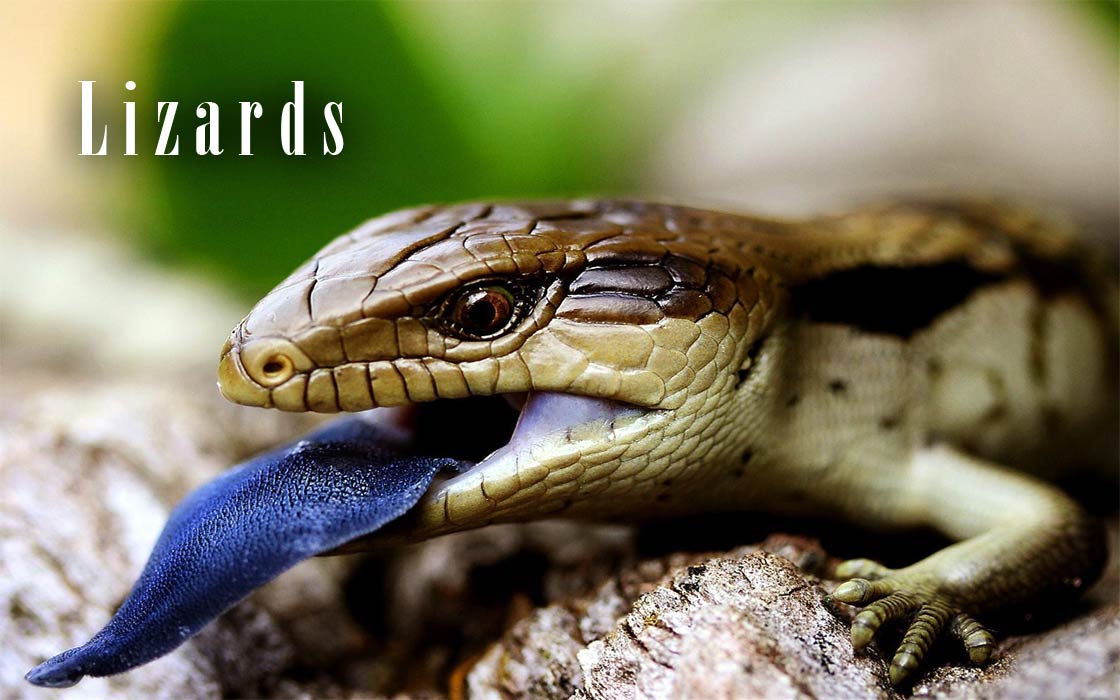


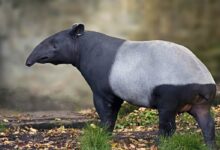


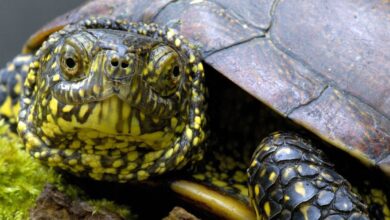







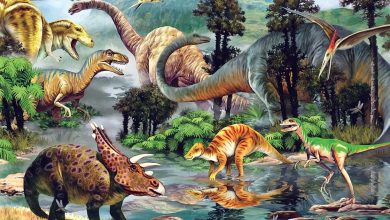

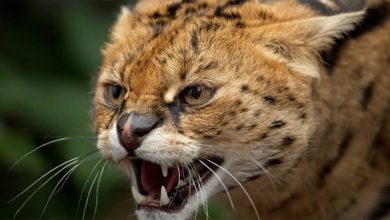
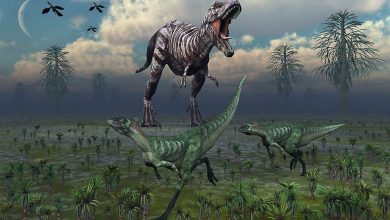
Wow, I find it surprising that lizards could become pets that eat insects as their daily diet. I have a colleague who wants to try owning a rare pet. Maybe we should find a pet store that sells them in the future.